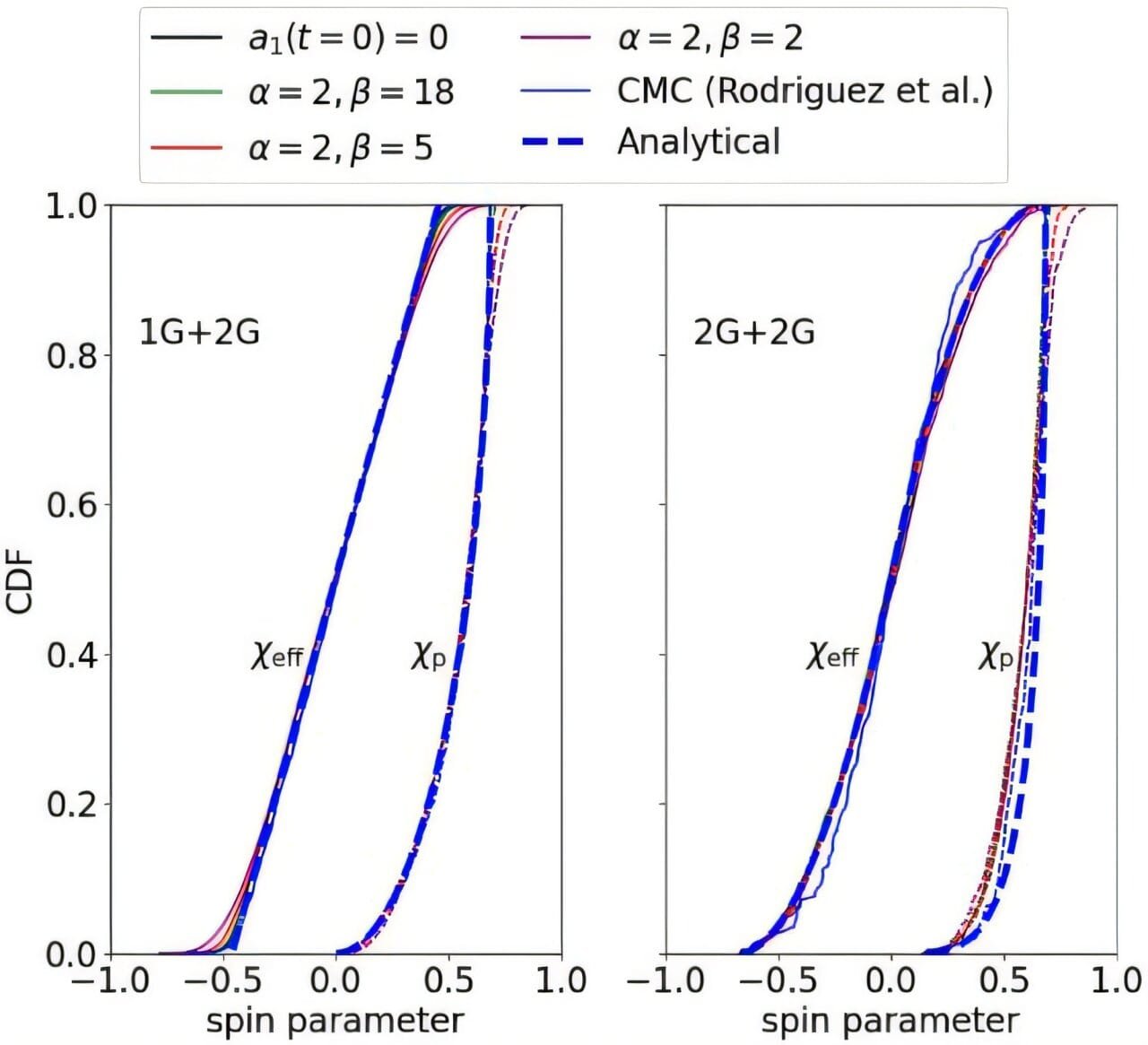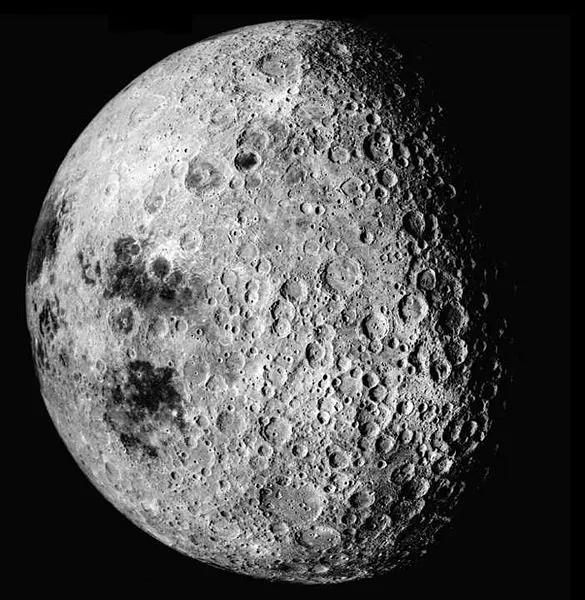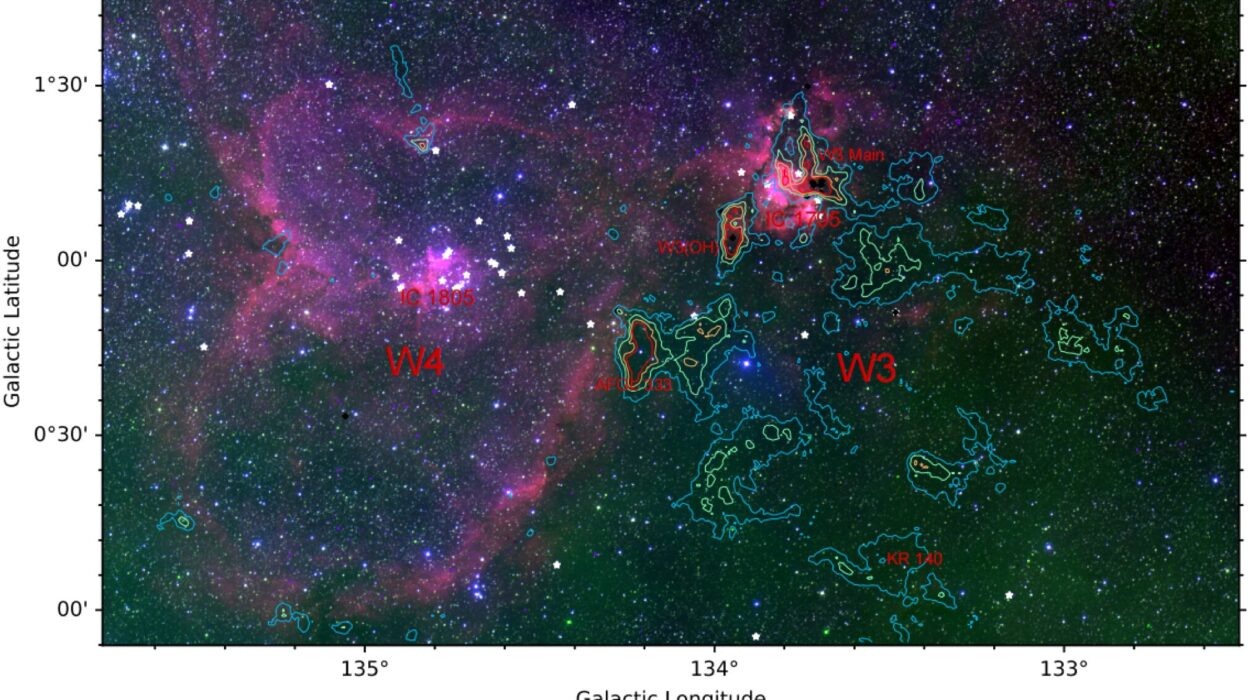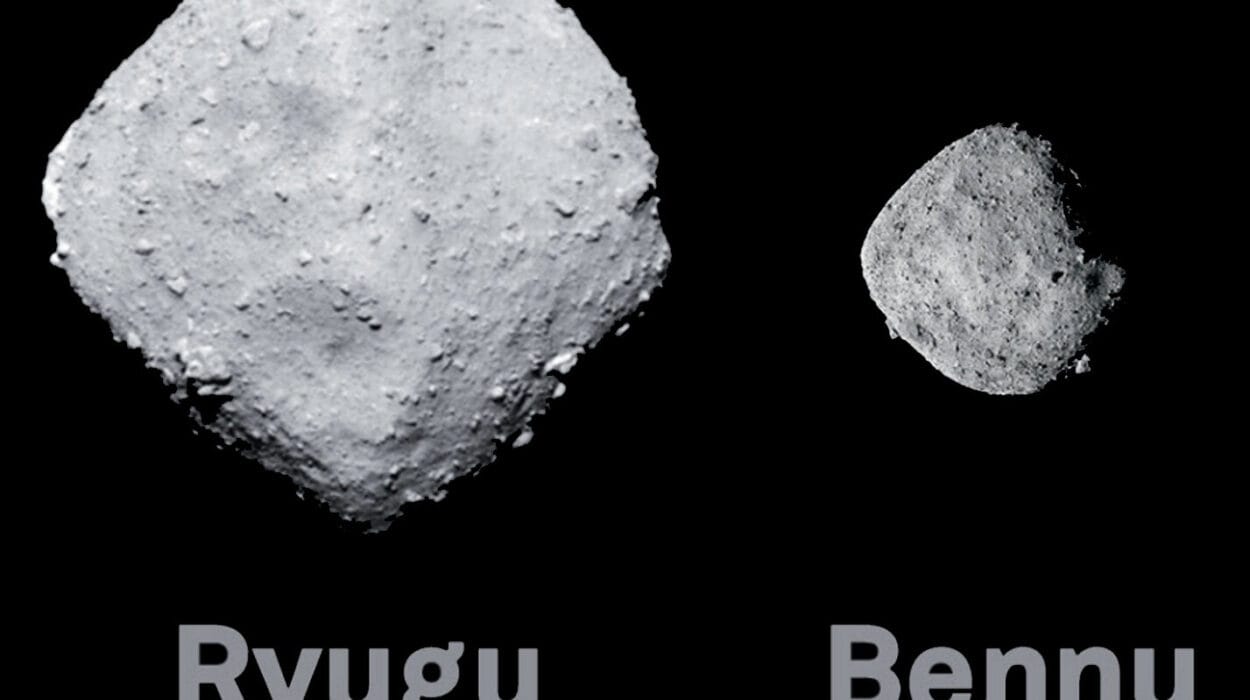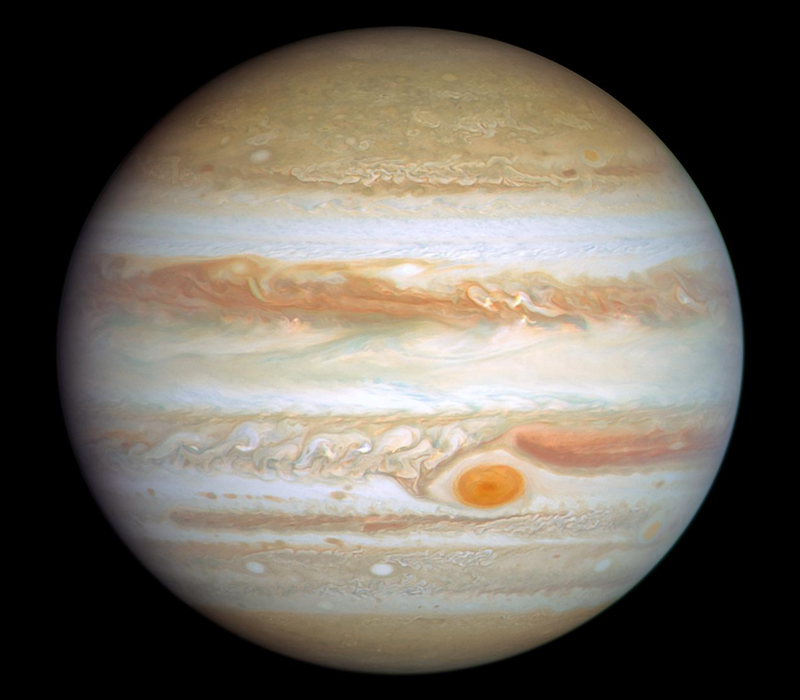New research has unveiled a striking connection between the size and spin of black holes and the environments in which they were formed. A team of scientists from Cardiff University, publishing their findings in the journal Physical Review Letters, has demonstrated that black holes arising from successive mergers within densely populated star clusters exhibit unique spin patterns. This discovery deepens our understanding of the dynamic lives of black holes and sheds light on the diverse cosmic environments that give birth to these enigmatic objects.
Black holes, often described as the gravitational powerhouses of the universe, are invisible regions of space where gravity is so strong that nothing—not even light—can escape their pull. Their formation and evolution have been subjects of profound scientific inquiry, particularly since gravitational wave detectors began capturing signals from colliding black holes. Among these detectors, the Laser Interferometer Gravitational-Wave Observatory (LIGO) and Virgo Observatory stand as monumental achievements, having compiled a public catalog of 69 binary black hole merger events. The Cardiff University team analyzed this dataset for patterns in black hole properties, uncovering compelling evidence of their multigenerational nature.
When black holes collide, they merge into a single, larger black hole, a process often accompanied by a distinct gravitational wave signature. These waves carry valuable information about the properties of the black holes involved, such as their mass and spin. Spin, in particular, is influenced by how and where a black hole forms. The research team focused on this key aspect, hypothesizing that black holes resulting from multiple mergers—those formed in star clusters where dense populations of stars and stellar remnants interact gravitationally—would show distinct spin characteristics compared to black holes formed in isolated regions.
Lead researcher Dr. Fabio Antonini from Cardiff University’s School of Physics and Astronomy elaborated on the motivation behind the study. “As we observe more black hole mergers with gravitational wave detectors like LIGO and Virgo, it becomes ever clearer that black holes exhibit diverse masses and spins, suggesting they may have formed in different ways. However, identifying which of these formation scenarios is most common has been challenging.”
The study pinpointed a specific mass threshold in the gravitational wave data. Beyond this threshold, black holes displayed a consistent change in spin patterns. This critical discovery supports theoretical models predicting that black holes in densely populated star clusters frequently undergo multiple mergers. When smaller black holes collide, their angular momentum contributes to the spin of the resulting larger black hole. As successive collisions occur, the black hole’s spin pattern becomes increasingly distinct—a phenomenon the researchers believe they have now captured in observational data.
Dr. Isobel Romero-Shaw, a co-author of the study and a postdoctoral fellow at the University of Cambridge, emphasized the significance of these findings. “Our study gives us a powerful, data-driven way to identify the origins of a black hole’s formation history, showing that the way it spins is a strong indicator of it belonging to a group of high-mass black holes, which form in densely populated star clusters where small black holes repeatedly collide and merge with one another.”
This breakthrough addresses long-standing questions in astrophysics about the environmental conditions that drive black hole formation. In isolated systems, such as binary star systems, black holes generally inherit their spin characteristics from their progenitor stars. These spins tend to align with the orbital motion of the binary system. In contrast, black holes in clusters undergo a chaotic sequence of mergers, resulting in spin orientations that are less predictable and more influenced by gravitational interactions within their crowded neighborhoods. The ability to detect and interpret these patterns allows scientists to trace a black hole’s origins with greater accuracy.
Dr. Thomas Callister, another co-author and a postdoctoral fellow at the University of Chicago, highlighted the future implications of this research. “Collaborating with other researchers and using advanced statistical methods will help to confirm and expand our findings, especially as we move toward next-generation detectors. The Einstein Telescope, for example, could detect even more massive black holes and provide unprecedented insights into their origins.”
The study also paves the way for refining computational models used to simulate black hole formation and evolution. By incorporating the newly identified spin-mass relationship into simulations, researchers can generate more accurate predictions for future gravitational wave observations. These simulations are essential for understanding not just individual black holes but also the broader dynamics of galaxies and clusters, where black holes act as engines of change, shaping the distribution of stars and gas.
The discovery that spin patterns can act as cosmic fingerprints for black holes formed through successive mergers enriches our ability to probe the most extreme environments in the universe. Dense star clusters, often situated in galactic cores, serve as fertile grounds for repeated black hole interactions. Over time, these interactions can lead to the formation of exceptionally massive black holes, including potential seeds for supermassive black holes found at the centers of galaxies.
This study also has profound implications for understanding the distribution of black hole masses and their role in the broader universe. High-mass black holes formed through successive mergers can occupy mass ranges that would be inaccessible through other formation mechanisms, such as the collapse of a single massive star. This helps explain observations of unexpectedly massive black holes in gravitational wave data and provides a framework for exploring their relationship to the most energetic phenomena in the cosmos, including gamma-ray bursts and quasars.
As the field of gravitational wave astronomy continues to expand, advancements like those presented by the Cardiff University team will enable scientists to extract even more detailed information from black hole mergers. Enhanced sensitivity in detectors like the Einstein Telescope and the planned Cosmic Explorer promises to reveal merger events at greater distances and with greater precision, unlocking the secrets of earlier epochs in the universe’s history.
Reference: Fabio Antonini et al, Star Cluster Population of High Mass Black Hole Mergers in Gravitational Wave Data, Physical Review Letters (2025). DOI: 10.1103/PhysRevLett.134.011401
